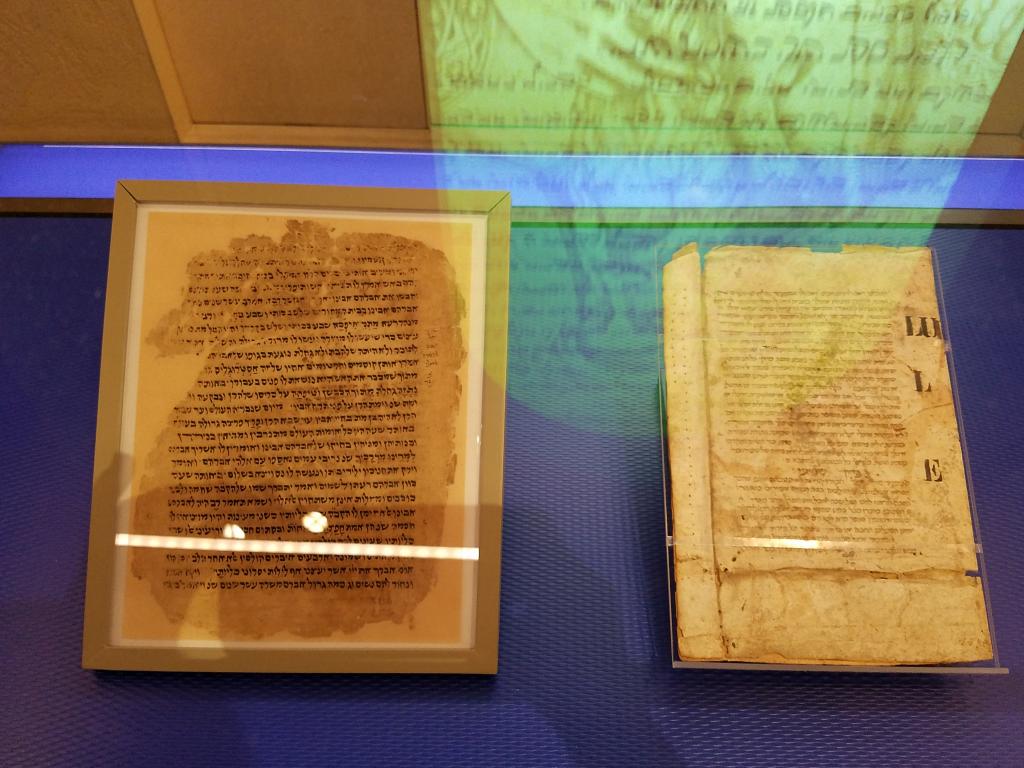Here is an excellent recent post by my friend and colleague Larry Hurtado. See what you think BW3
Fred Wisse on Early Textual Transmission
by larryhurtado
In a previous posting I asked if we need a revised/new paradigm for portraying the earliest transmission of NT writings (here).
An earlier voice advocating a similar position is Frederik Wisse (Emeritus Professor, McGill University) in an essay published in 1989: “The Nature and Purpose of Redactional Changes in Early Christian Texts: The Canonical Gospels,” in Gospel Traditions in the Second Century: Origins, Recensions, Text and Transmission, ed. William L. Petersen (Notre Dame/London: University of Notre Dame Press, 1989), 39-53. I provide a few choice quotations from his incisive discussion.
“It is widely taken for granted in biblical scholarship that early Christian texts were extensively redacted during the first century of their transmission. . . . .[and] thought to have served mainly ideological purposes. Since this view has for many the status of a virtual fact, one would expect that it is based on clear textual evidence. However, this is not the case.” (p. 39)
Although a supposedly “wild” handling of the NT writings in the 2nd century is often contrasted with a supposedly more “controlled” and stabilized copying in the subsequent centuries, Wisse noted, “if we judge by the interpolations for which there is textual evidence then it appears that the numbers increase rather than decrease after the second century.” (p. 45).
He then went on to observe, “These facts speak against the common assumption [advocated, e.g., by Helmut Koester] that by the early third century emerging orthodoxy brought about an end to the period of considerable redactional freedom by deciding on a ‘standard’ text and by suppressing all manuscripts which deviated. Long after the third century the church was in no position to establish and control the biblical text, let alone eliminate rival forms of the text. Though there may have been an attempt at establishing a standard text as early as the fourth century, only beginning with the twelfth century do we have evidence for a large scale effort. . . . There is no evidence for the Byzantine period or for an earlier date of efforts to eliminate divergent copies of New Testament manuscripts.” (p. 45)
Consequently, in light of the extant evidence, “Since there is no basis to assume that the early, poorly attested history of the transmission of the text was governed by factors different from those operative in the canonical period, the existing textual evidence may be taken to be indicative of the nature and purpose of redactional activity from the beginning.” (p. 47) That is, the evidence of the extant papyri from the third and late second century CE likely reflects the handling of the relevant writings in the earlier period from which we don’t have manuscripts.
In sum: “Thus the claims of extensive ideological redaction of the Gospels and other early Christian literature runs counter to all of the textual evidence. This lack of evidence cannot be explained away by speculations about an extensively interpolated ‘standard’ text which was imposed by orthodox leadership late in the second century, and the successful suppression of all non-interpolated copies. The Church certainly lacked the means and apparently also the will to do this.” (p. 52).
It’s nice to point to Wisse’s essay in support of the view that I’ve been advocating for a number of years now. As I used to say in some of my classes, I may well be right or wrong in this or that view, but I am not idiosyncratic!













